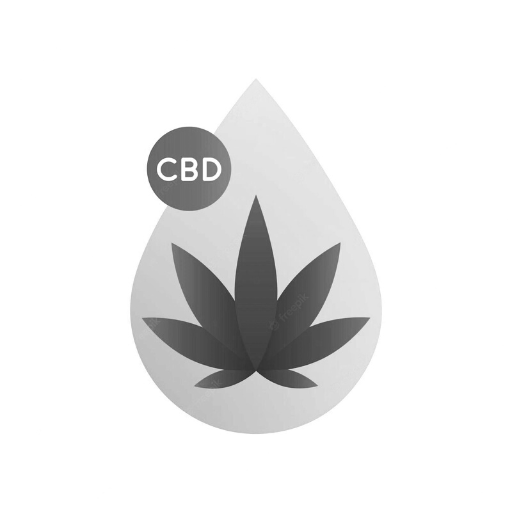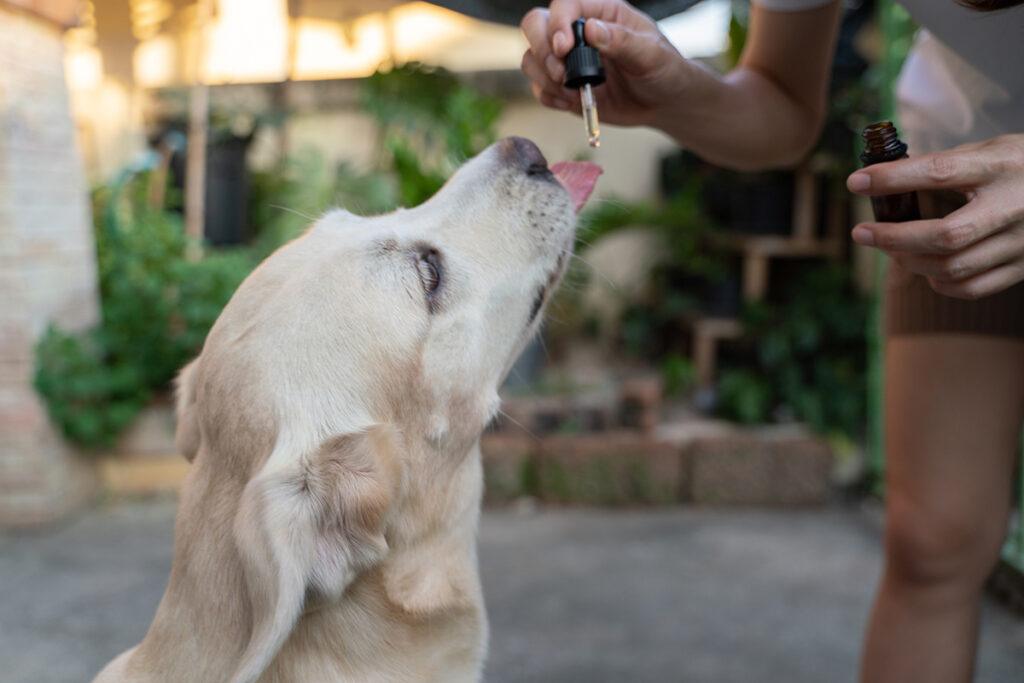
CBD Oil for Pets vs. Humans: What’s the Difference?

Introduction
CBD oil has become a popular wellness supplement for both people and pets alike. From calming anxiety to easing chronic pain, the potential benefits of cannabidiol (CBD) are gaining attention across the globe. But if you’ve ever wondered whether you can share your CBD oil with your dog—or use theirs in a pinch—you’re not alone.
At first glance, CBD oil for pets and CBD oil for humans may seem similar, even identical. However, there are a few crucial differences that determine how each product is formulated, dosed, and administered. In this blog, we’ll break down the key differences between pet CBD oil and human CBD oil, and why choosing the right product matters.
What Is CBD Oil, Exactly?

CBD, or cannabidiol, is a naturally occurring compound found in the hemp plant. Unlike THC, CBD does not produce a high or intoxicating effect. Instead, it interacts with the endocannabinoid system (ECS)—a network of receptors found in all mammals, including humans, dogs, and cats—that helps regulate mood, pain, appetite, inflammation, and more.
Both human and pet CBD oils use CBD extract (often from hemp) as the active ingredient. But what surrounds that extract—like added ingredients, dosage concentration, and intended use—can differ significantly.
1. Ingredients and Additives
One of the most important differences between CBD oil for pets and humans is the ingredient list.
- Human CBD Oil may contain additional ingredients such as flavorings, essential oils, herbal blends, sweeteners, or melatonin. While these are generally safe for humans, they could be harmful to animals.
- Pet CBD Oil is formulated specifically for animal health. It usually contains fewer ingredients, avoiding harmful additives like xylitol, artificial flavors, or essential oils like tea tree, which can be toxic to pets.
Many pet CBD oils also come in pet-friendly flavors, like bacon or salmon, to make them more appealing for dogs and cats.
Takeaway: Never give your pet human CBD oil unless you’re absolutely sure it’s free from ingredients toxic to animals.
2. Dosage and Potency
Humans and pets have different body weights, metabolisms, and sensitivities to CBD. As a result, CBD oil for humans is typically more concentrated than products designed for pets.
- A typical human dose might range from 10–50 mg per serving, depending on the condition being treated.
- For pets, especially small dogs or cats, a safe dose might be as low as 1–5 mg, depending on weight.
Pet CBD products often come with clear dosing guides based on your pet’s size, making it easier to calculate the right amount without the risk of overdoing it.
Takeaway: Giving your pet a high-potency human CBD oil without adjusting the dose properly could lead to side effects like lethargy or gastrointestinal issues.
3. Flavor Profiles
Humans may enjoy CBD oils flavored with peppermint, citrus, or chocolate—but these are not safe (or appealing) for pets. In fact, chocolate and some essential oils are toxic to dogs and cats.
Pet CBD oil is often flavored with meat-based or neutral tastes to encourage pets to take it more willingly. Many brands also offer CBD in treat form to make it even easier to administer.
Takeaway: Choose flavors your pet will tolerate and that are safe for their digestive system.
4. Intended Use and Regulation
Both human and pet CBD products are regulated differently depending on your location. In the USA, for example:
- Human CBD products are sold as wellness supplements under the guidelines of the FDA (Food and Drug Administration), but not officially approved as medications.
- Pet CBD products fall into a murkier category. While widely available, most have not been formally approved by the FDA for veterinary use. However, more vets are recommending them based on anecdotal evidence and emerging studies.
In both cases, it’s crucial to buy from reputable brands that offer third-party lab testing to ensure purity and safety.
Takeaway: Always check certificates of analysis (COAs) and consult a vet or doctor before use—especially if your pet or you are taking other medications.
5. Can You Share CBD Oil with Your Pet or Vice Versa?
Technically, CBD is the same compound whether it’s in a bottle labeled for pets or humans. However, because of differences in formulation, dosage, and ingredients, sharing products isn’t recommended without caution.
If you’re considering giving your pet CBD oil labeled for human use:
- Ensure it contains no harmful additives
- Use a very small dose based on your pet’s weight
- Monitor them closely for any signs of discomfort
If you’re thinking of taking your pet’s CBD oil:
- Make sure it is pure and high quality
- Know that it may be less potent than what you’re used to
Best practice: Use species-specific products. It’s safer, more effective, and tailored to the needs of you or your pet.
Also Read: CBD Oil and Digestive Health: Exploring the Gut-Brain Connection
Conclusion
CBD oil holds great promise for both humans and pets, offering a natural way to support wellness, reduce anxiety, relieve pain, and more. But that doesn’t mean one bottle fits all.
By understanding the differences between CBD oil for pets vs. humans, you can make more informed, safer decisions for yourself and your furry companions. Always look for high-quality, lab-tested products and consult with your veterinarian or healthcare provider to ensure the best outcome.